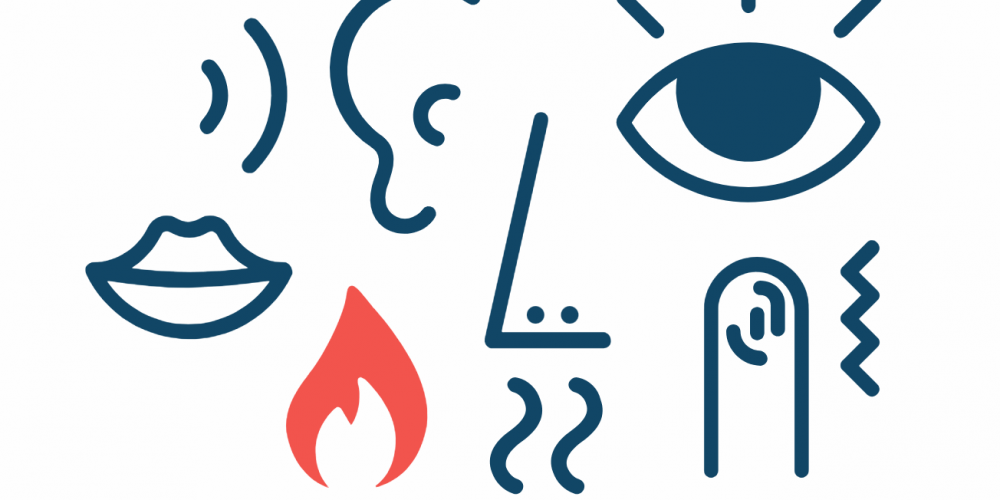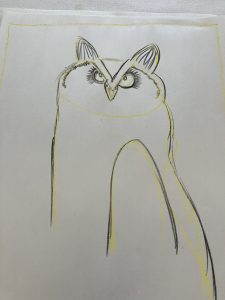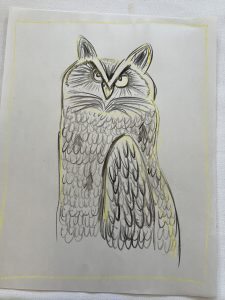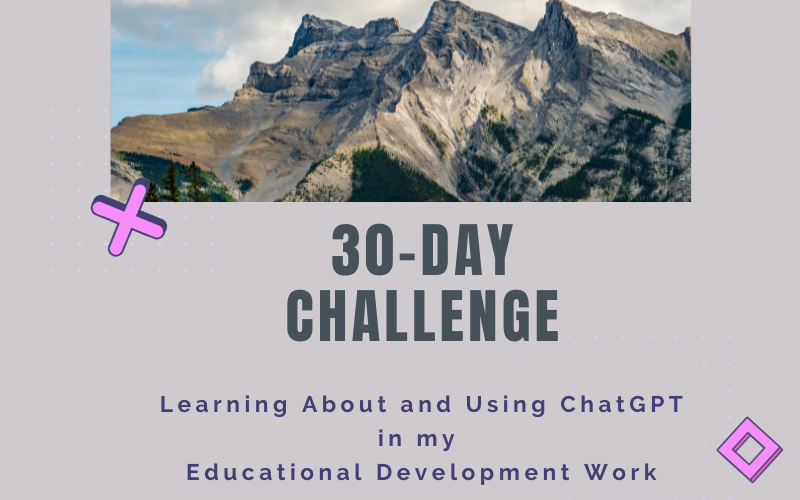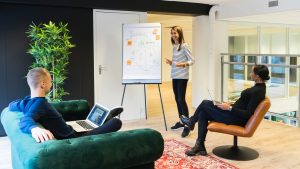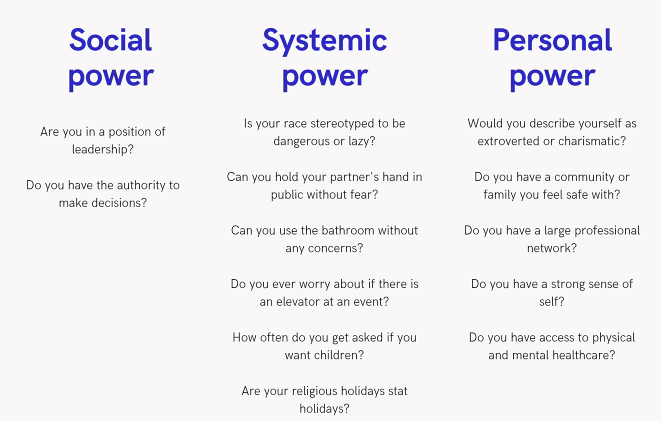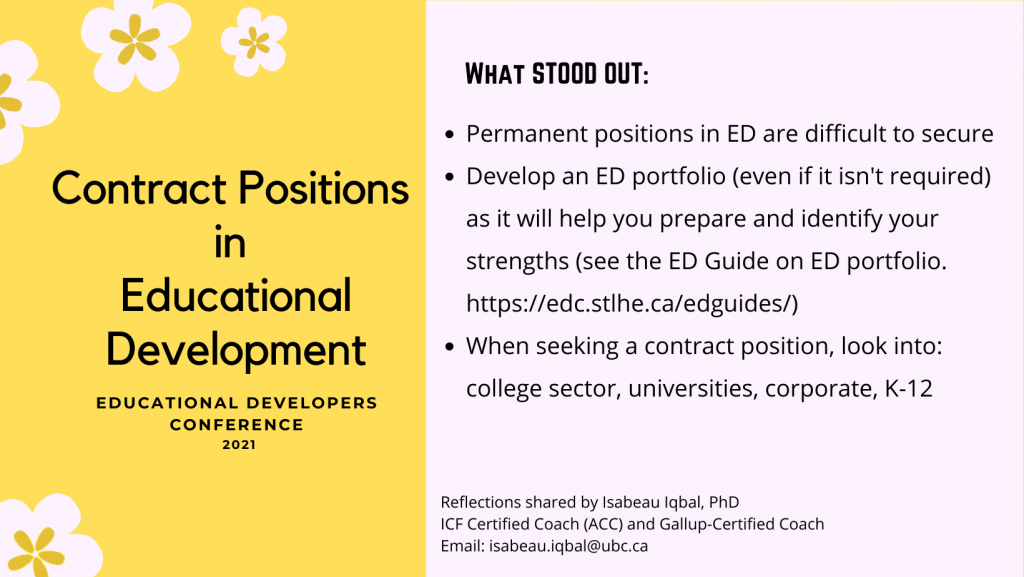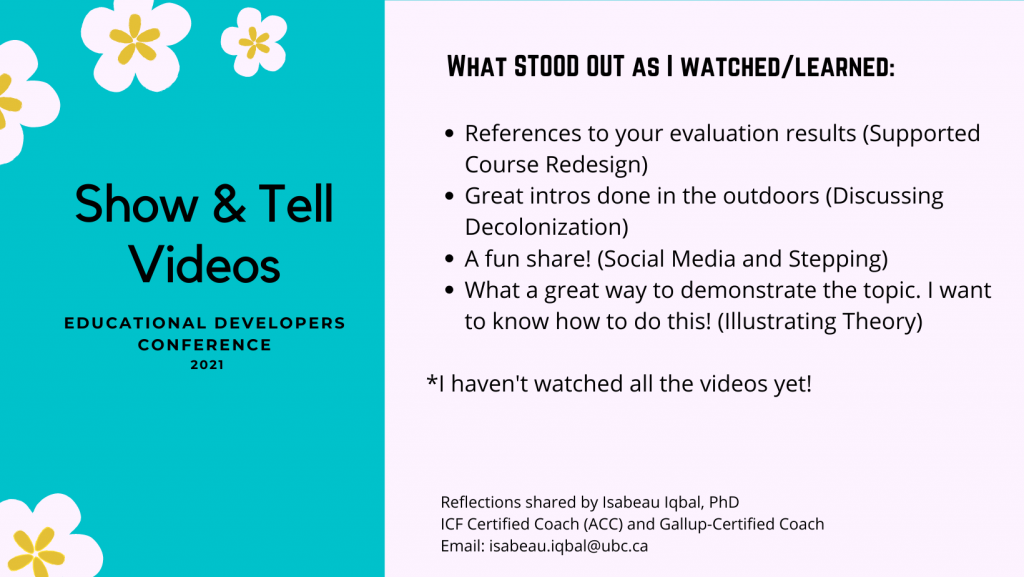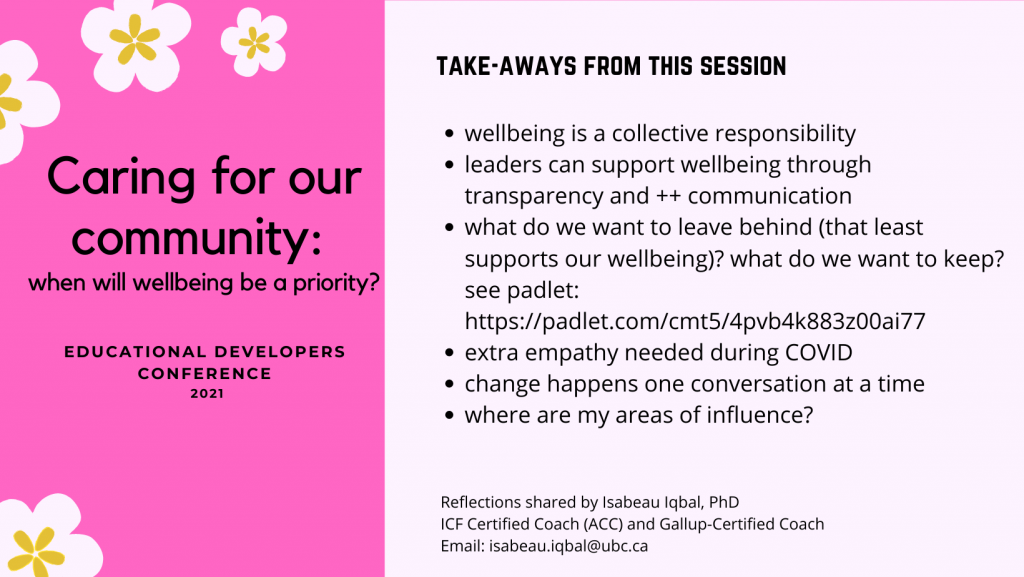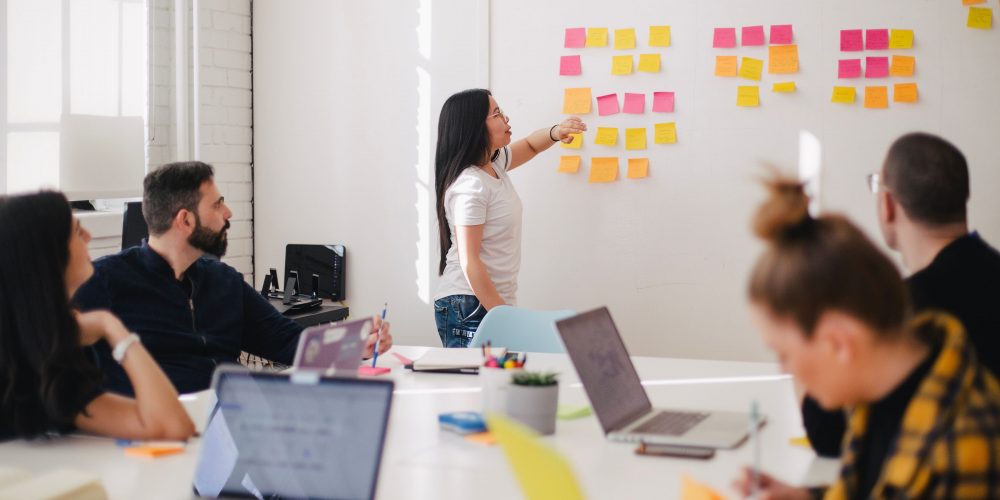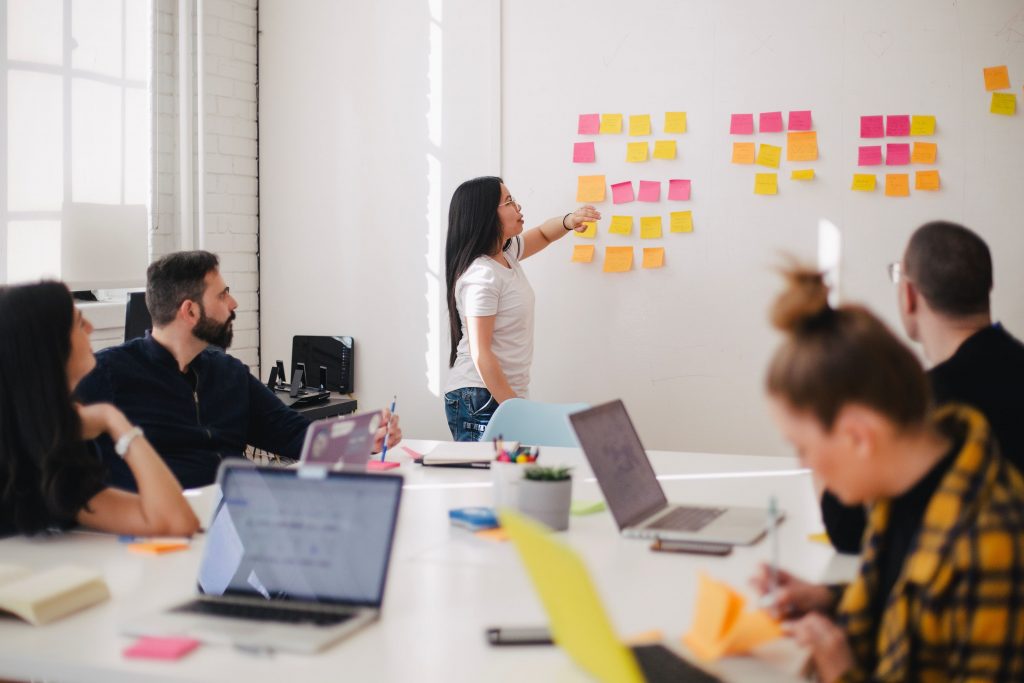I recently attended Studio23 “Reignite your teaching and facilitation practice“, an in-person event organized by BC Campus and held in Vancouver, BC.
There was a time when I didn’t need to specify “in person”. Now, it matters! In fact, this was a major draw for me: I relished the thought of being with colleagues in the same physical location, interacting, and learning together.
This BC Campus event was terrific! And, before too much time goes by, I wanted to capture some of the reasons I enjoyed it so much and some of the learning. The two are interconnected.
Surprise & Delight
I was surprised in a good way, multiple times. For example, the opening address and land acknowledgment by Alice Guss, from the Squamish Nation, had us flapping our wings, being foxes, jumping like whales and building community from the get-go. (more delights in the bullets below).
I also deeply appreciated all the attention to inclusion, such as: a quiet room, a special care kit for anyone who might be feeling sensory overload, blankets for those of us who are always cold. Plus the more standard approaches: friendly, food requests, space between sessions, some sessions online.
Learning & More Delight
Kathi Camilleri, the Day 1 Keynote, told stories in such a flowing way and with humour — reminding us that we know how to “do village” and, therefore, we know how to contribute to a decolonized system.
I loved, loved the Improvisation for Life session led by Sarah Louise Turner and Sanders Whiting. They made it fun and relevant. Normally terrified of improv, they showed me I don’t need to be.
Carrie Nolan, the Day 2 Keynote, shared about Joy as an Antidote. Not a ho-hum session by any stretch. We played a creative alternative –and full auditorium game of — rock, paper, scissors. She reminded us about “connection before content” as she shared about her own personal experience of the “contour-less” period around COVID.
Creativity
Creativity was infused throughout the Studio–this stood out. One session where this was central was Kat Thorson‘s “Creative Engagement” where she facilitated us drawing an owl. She took us through the process, shape by shape and helped us see how, within a short time, we could put the parts together and create.
That’s a quick snapshot of some of what I enjoyed. There was more. But I gave myself 30 minutes to write and now time is up!
Credit: The feature image is from the Studio23 website where the content is Creative Commons Licensed.
